I recently attended a seminar and evening with The Curiosity approach and left with the realisation that this is pretty much the way that I run my childcare setting and am striving to create a calm, nurturing environment for the children in my care.
As a childminder it is hard to balance work and home life, afterall my home is my setting and my setting needs to fit in with my own life and family… I do not want to live in a nursery or have signage and primary colours at every turn.
Over the month of December, using the book A-Z of the curiosity approach I have shown the way I interpret the Curiosity Approach and make it work for me.

|• A • A u t h e n t i c •|
—————————————————
Authentic resources allow children to experience first hand the real world around them.. help them to judge weight, shape and size of objects and allow them to become aware of the properties of items… a pottery teapot must be handled with care, metal keys weigh more than plastic, real scales have a purpose. —————————————————
Do you use real life items in your play?
—————————————————
|• B • B e a u t y •|
—————————————————
We have a ‘deep human need’ and appreciation of beauty. We are drawn to beautiful things and children have an innate desire to touch, hold and explore the qualities of beautiful ‘treasures’.
—————————————————
How many times do we as parents or as childcare professionals say ‘don’t touch’?… if we see something beautiful ourselves arn’t we drawn to it? Don’t we want to pick it up? So of course a child will want to.
—————————————————
Try bringing afew of these beautiful pieces into your home or setting. Create a sense of owe whenever they get to play with them. Many lessons can be learnt aswell.
—————————————————

|• C • C u r i o u s • M i n d •|
—————————————————
The strong desire to know or learn something
—————————————————
We are born with a desire to learn and i try to inspire questions, skills and a love of play in my setting… I allow the children to challenge themselves in well thought out activities but allow for in the moment planning as and when the opportunity presents itself.
—————————————————
We should try and allow children to explore and develop their curiosity.
—————————————————

|• D • D i s p l a y •|
—————————————————
Displays can be created in different ways.. from the traditional method of sticking things onto the wall to using counter tops to make beautiful play scenes
—————————————————
My setting is also my home and I do not have the wall space for elaborate wall based displays so instead I create ‘in the moment’ invitation to play displays.. enticing little hands to play, create and using natural materials
—————————————————

|• E • Enchanting • Environments •|
—————————————————
Children have a natural love of enchantment… from stories of elves and fairies to nursery rhymes about frogs and space aliens
—————————————————
I try to encourage a role play in my setting with the aid of beautiful toys that will last a lifetime and by giving the children beautiful things to play with, read and wear. .
—————————————————
All areas of a home or setting should be filled with beauty that a child can question and explore. —————————————————
Get down on your knees and look from their prospective… is the environment enchanting?
—————————————————
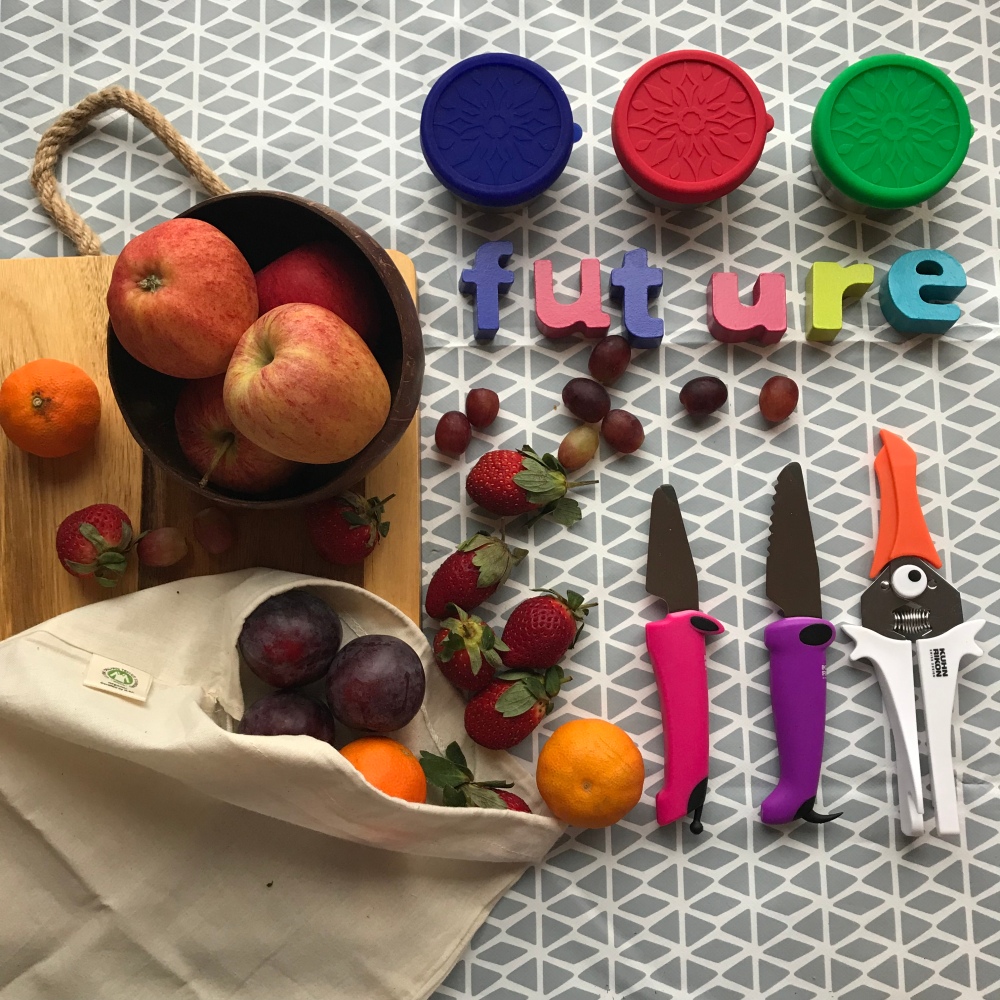
|• F • F u t u r e •|
—————————————————
Invest in your children’s future. A plastic car will always be played with as a car… plastic teaset has limited properties, weight, structure…. why not give children the opportunity to practice skills they need in the future by using real tools, and maybe introducing them to a reusable rather than disposable way of life.
—————————————————

|• G • Global • Inspiration •|
—————————————————
When making plans and setting activities within my setting I take influence from lots of different theories of childhood development.
—————————————————
This gives a global influence and the children benefit by being seen as unique individuals and given the opportunity to become competent, resourceful, imaginative, inventive and curious.
—————————————————
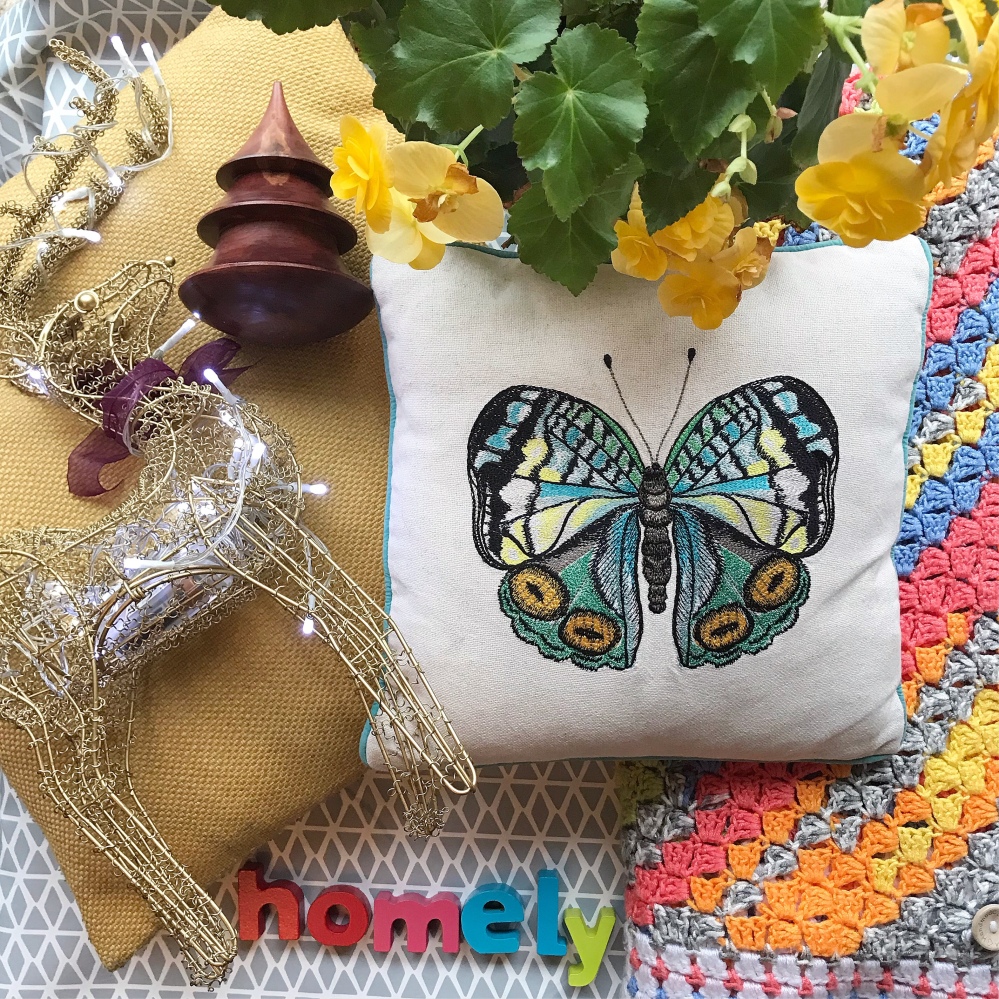
|• H • H o m l e y •
—————————————————
Hygge – a quality of cosiness and comfortable conviviality that engenders a feeling of contentment or wellbeing .
—————————————————
It is so important to create a ‘homely hygge’ in all childcare settings. I am lucky that my setting is my home but i also make sure i have cushions and blankets for the children to sit on or play with and add interest with mirrors, tents, plants and lighting
—————————————————
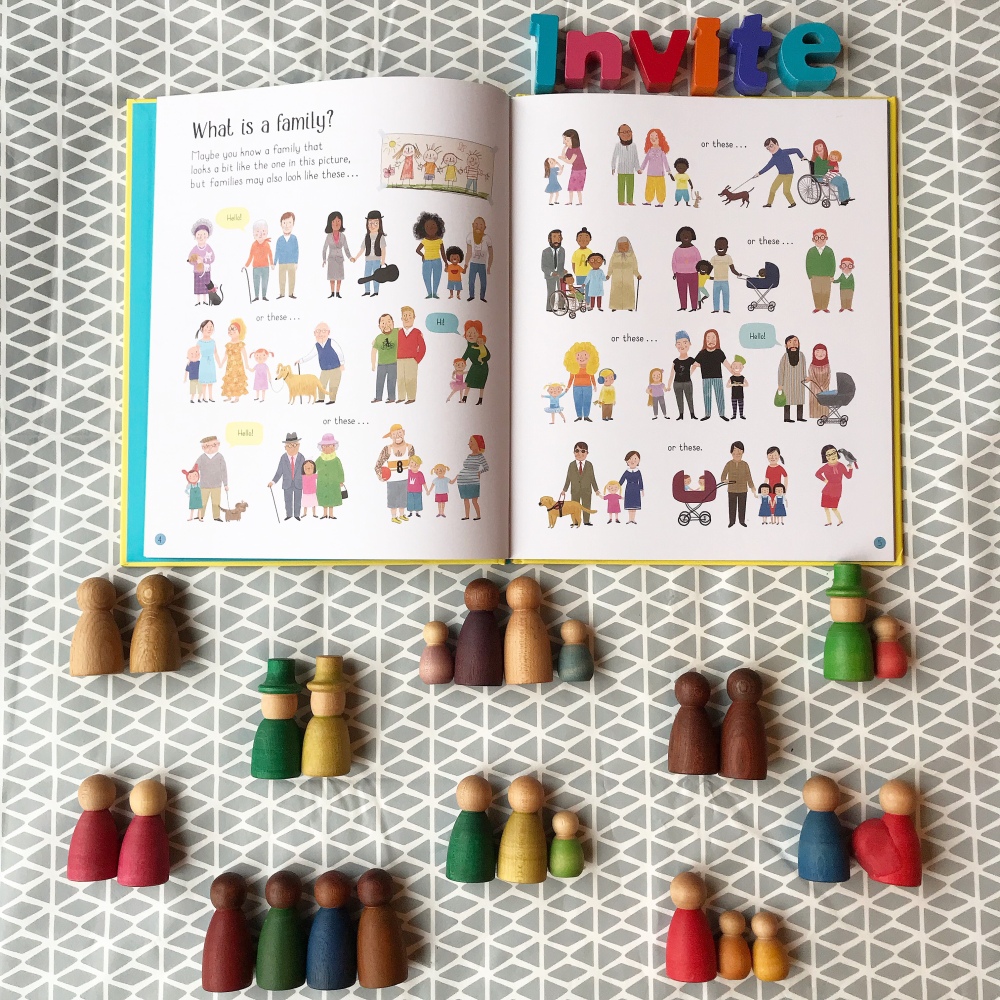
|• I • Invitation • to • learn •|
—————————————————
I like to create invitations to play in my setting which often have subliminal messages and give the children to explore ideas and ask questions.
—————————————————
Within my setting we have been talking alot about families recently as some have changed dynamic or are about to change.
—————————————————

|• J • Joy • of • Learning •|
—————————————————
Children have an in build curiosity and desire to learn. .
—————————————————
It is our job as childcare professionals or parents to instill a joy of learning into our activities and be role models for our children to imitate.
—————————————————
Have fun and create a joyful environment which focuses on the interests of the children whether this be play based or more structured learning
—————————————————

|• K • Kinaesthetic • Learners •|
—————————————————
Kinaesthetic learners are those that learn best by doing rather than listening to the theory.
—————————————————
From the moment we are born we are learning and developing neurological pathways that help us absorb the world around us and help us to build both physical and mental understanding
—————————————————
There is never a more important time in our lives for brain development and many lessons can be learnt by the world being viewed as a giant playground… full of texture, to touch and feel, an outdoor environment to explore and toys that can challenge.
—————————————————

|• L • Loose • Parts •|
—————————————————
Loose part play is not new, it has been around as long as children have wanted to play with sticks and stones or collect leaves.
—————————————————
Loose parts can be natural or man-made that can be used in many ways, their only limitation being the childs imagination…. thats why they are some of our favourite things.
—————————————————
Loose parts allow for critical thinking, imagination, problem solving, sorting, categorising and counting.
——————————-——————
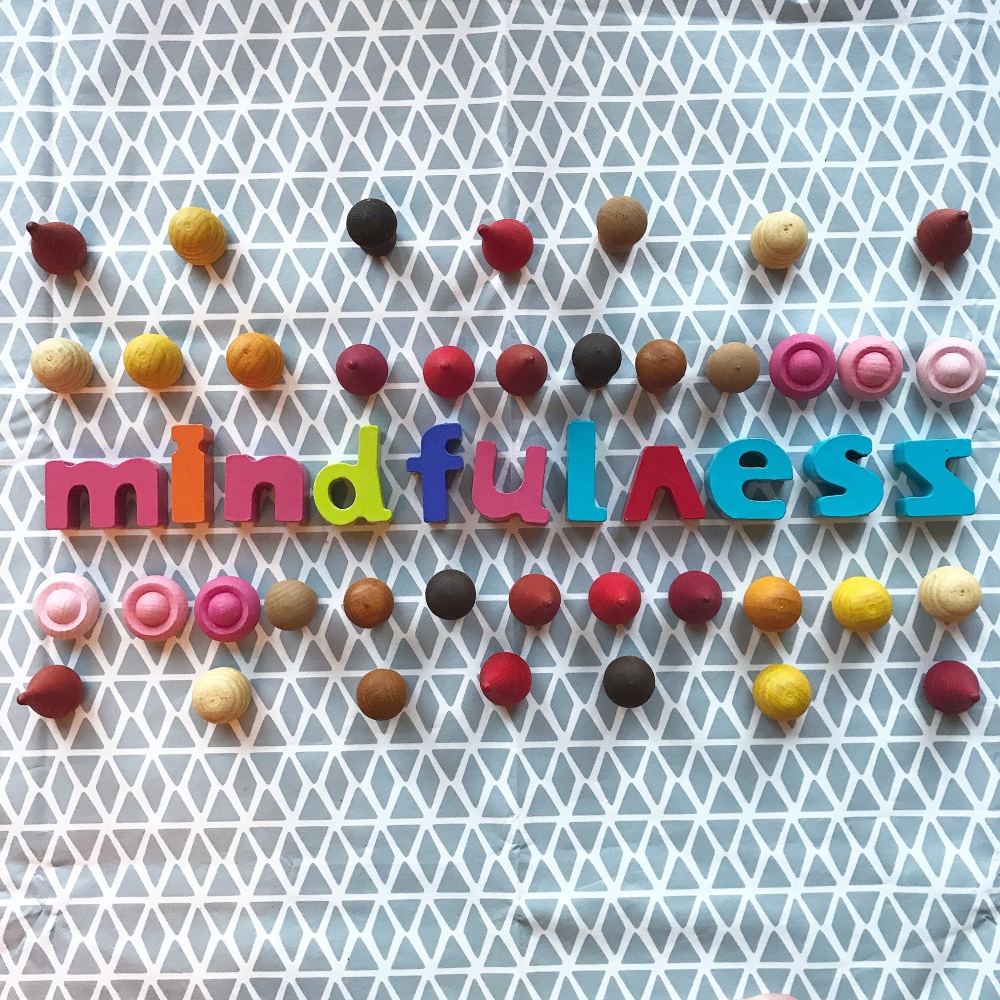
|• M i n d f u l n e s s •|
—————————————————
I use in the moment planning in my setting and although I know what areas all of the children need to focus on in their next steps the activities are lead by the here and now and focus on the children’s interests.
—————————————————
As a childcare professional or as a parent you also need to account for your own mindfulness and that your actions, mood, tone of voice and enthusiasm impacts on the little people you are teaching. If you are thoughtful practitioners your children will be curious learners with a positive mental attitude
—————————————————

|• N • Natural • Materials •|
—————————————————
Nature offers us so many amazing materials that can ignite curiosity and enable children to experience the nature upclose
—————————————————
As well as spending time outdoors collecting and gathering these loose parts we should give the children the opportunity to get hands on and use them in play.
—————————————————
Create a sense of awe and wonder in your setting
—————————————————

|• O • Opportunities • Outdoors •|
—————————————————
The great outdoors is your most useful resource is a totally free, ever changing, inspiration space ready made for little people to explore
—————————————————
No special equipment is required to enjoy the outdoors and children should be given the chance to experience all weathers and seasons, they are filled with awe and wonder so use this to your advantage
—————————————————
Keep outdoor spaces natural, children love to make discoveries and have an appreciation of the natural world
—————————————————

|• P • Playdough • Station •|
—————————————————
Playdough has theability to engage children and focus their minds and is the ultimate open ended malleable material that can be buns one day and worms the next
—————————————————
Today our playdough is coloured for christmas play and when accompanied by more traditional metal cutters and Christmas decorations can become whatever the little ones decide to make
—————————————————
Make all playdough activities sensory and children will congregate and become absorbed in this station within your setting or home
—————————————————
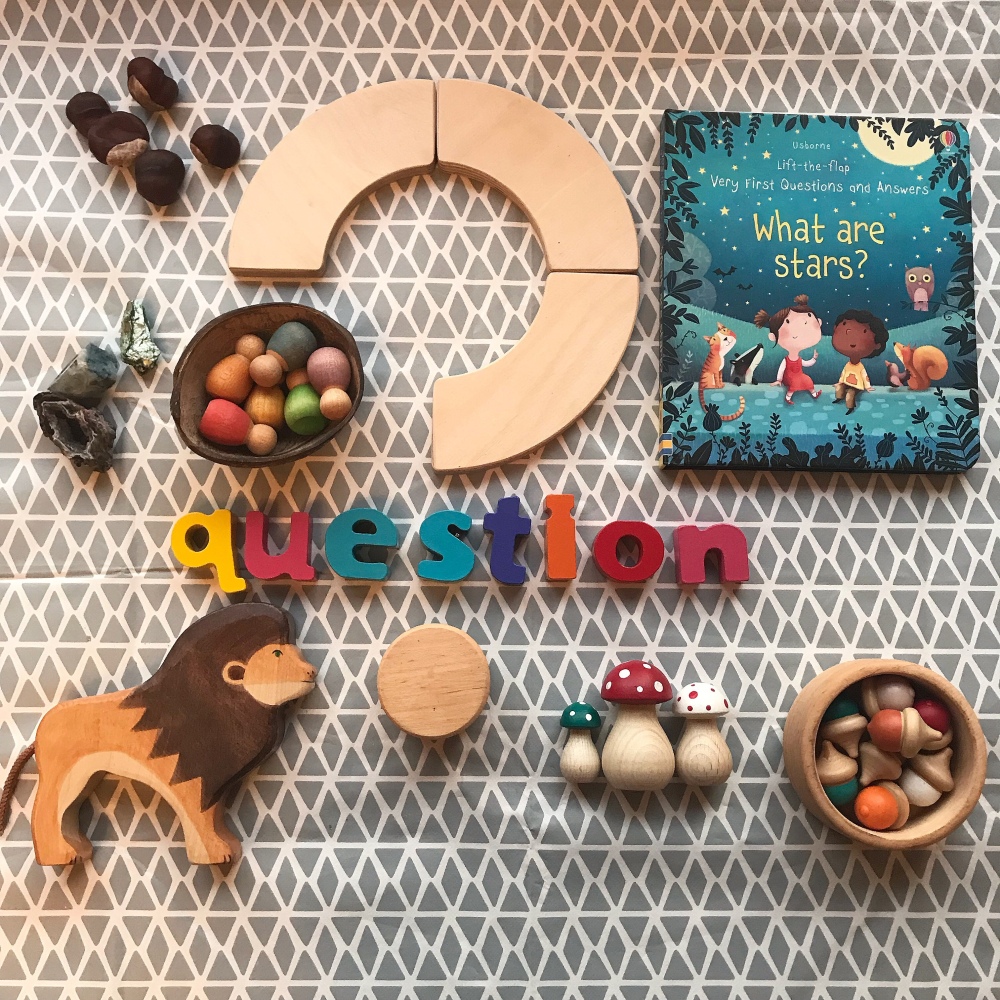
|• Q • Questions •|
—————————————————
Open-ended questions are a brilliant way of engaging in conversation with children and letting them think curiously about their answers.
—————————————————
Get involved in the activity, look at it from a child’s point of view and work with them to widen their knowledge and develop play ideas.
—————————————————
We are the facilitators and they are the questioners, ready to learn
—————————————————

|• R • Role-play •|
—————————————————
Every part of a child’s life is an experience just waiting to be reenacted. —————————————————
Early childhood learning is largely influenced by the home and activities the child experiences so why do we give plastic toys and princess dresses when the child could learn so much more from real life items?
—————————————————
As early as age one children can be seen using representation, using a wooden block as a telephone for example.
—————————————————
Think about the invitations to play that can be presented to a child… a hairdressers, coffee shop, office… there is no limit to the learning opportunity.
—————————————————

|• S • Senses •|
—————————————————
Have you ever stepped back and looked at your setting or your home and thought about it from a child’s point of view. —————————————————
Our senses are such a powerful thing and should be used to your advantage. Keep spaces neutral, plain walls and floors so that splashes of colour and texture can be added with beautiful toys and resources.
—————————————————
Bright colours can be overwhelming, and have been shown to be a distraction for children. Think about the senses in your choice of toys.
————————————————— .
Taste – I put real fruit in my play kitchen
Smell – empty perfume bottles still have a touch of fragrance
Sound – shakers and bells could be used in sensory baskets or at rhyme time
Sight – mirrors are perfect for discovery play. Splashes of colour against neutral backgrounds.
Touch – natural materials, sensory books, unusual fabrics. .
—————————————————

|• T • Treasure • Hunting •|
—————————————————
Here is just a small selection of our treasure.
—————————————————
I’m an avid car boot and charity shop raider and pick up all sorts of lovely treasure to repurpose across my home and setting.
—————————————————
Children are like little magpies and are drawn to beautiful things so why not add afew trinkets and treasures for your little people
—————————————————

|• U • Unusually • Unique •|
—————————————————
As a childminder i’m a lone worker… the only person accountable for my setting, my time management, HR, chief bottle washer. I am responsible for creating a healthy, fun, environment for my little people and to look after their body, mind and heart.
—————————————————
However I do have a network of colleagues who work in the local community who I can share ideas with. We are all unique and have our own skill set and can bounce ideas off each other.
—————————————————
We are all working towards a common goal, providing outstanding childcare for our charges. We give each other help and advise and draw on each others strengths and weaknesses
—————————————————
I may work alone, but I am far from by myself
—————————————————

|• V • Value •|
—————————————————
Imagine a beautiful tapestry, entwined with golden threads, all woven together to create a sense of awe and wonder
—————————————————
This is what I try to create in my setting. I value all sorts of elements of my practice to create a curious environment which can be valued by all.
—————————————————

|• W • Winter • Wonderland •|
—————————————————
Creating awe and wonder into your setting and keeping it relevant and matching the children’s interest is key. .
—————————————————
Wouldn’t it be wonderful to have the space to create themed rooms and in some early years settings this has become a reality with rooms designed to engage children. But this isn’t possible in my home setting so instead I change with the seasons and at the moment i’m focused on winter themed play ideas inspired by the curiosity of children
—————————————————
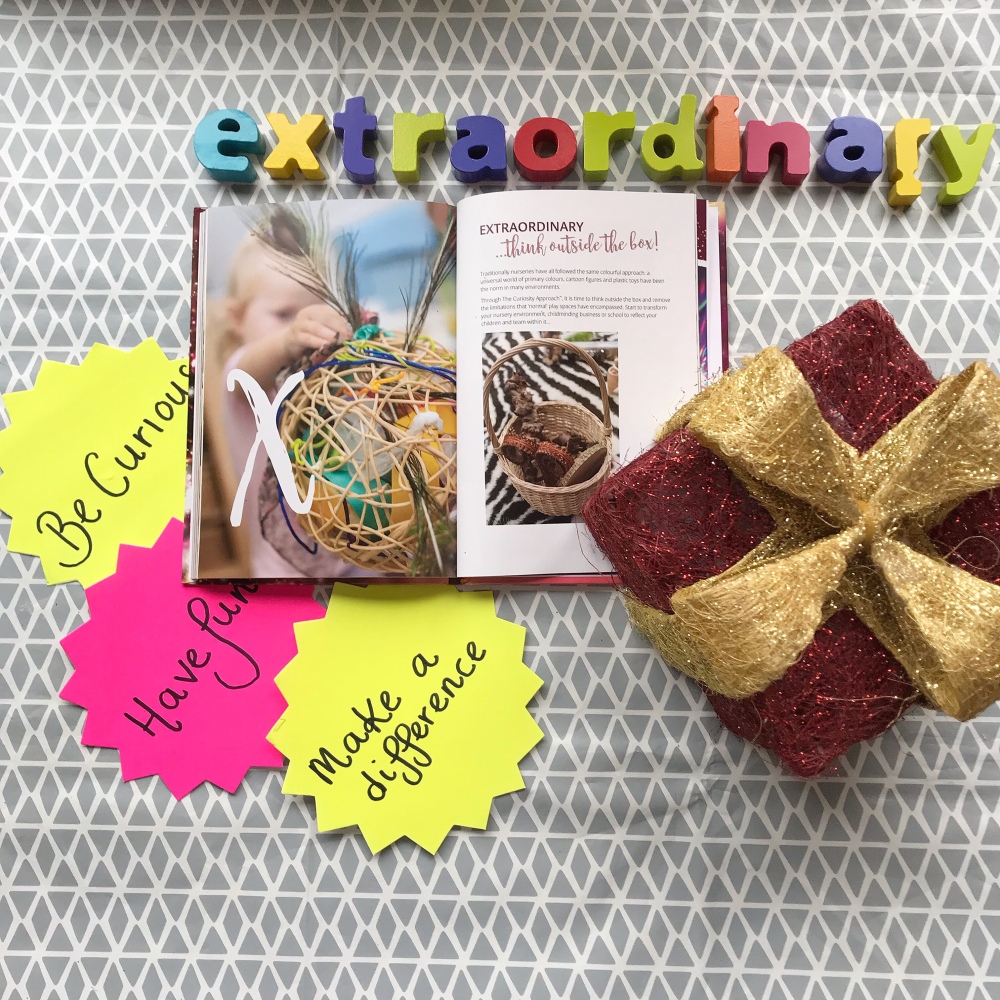
|• X • extraordinary •|
—————————————————
Think outside the box and see the beauty of the setting you have and use it as the environment your children are in will affect how they learn and play
—————————————————
Create spaces which incorporate or reuse items readily available in the environment… twigs, stones, old crates. … go the extra mile to enhance the learning environment and make it extraordinary
—————————————————

|• Y • Young • absorbent • minds •|
—————————————————
Children in their youngest years are primed to learn and Maria Montessori observed that despite differences in a child’s culture milestones occurred regardless. Teeth fell out, children learn to walk and talk at the same age but she also observed that brain development was the same and described this as the ‘absorbent mind’ stage.
—————————————————
Children are like little sponges, soaking everything up in their environments and as 0-3 year old have massive brain development and the best way a child can make new connections is through play
—————————————————

|• Z • Zen •|
—————————————————
One way to think of zen is this: a total state of focus that incorporates a total togetherness of body and mind. Zen is a way of being. It also is a state of mind. Zen involves dropping illusion and seeing things without distortion created by your own thoughts. (Urban dictionary)
—————————————————
Within my setting I focus on creating a calm and inviting environment with a light and bright, yet neutral backdrop.
—————————————————
Fairy lights, drift wood, loose parts and mood music create a calmness that help children thrive.
—————————————————
A-Z of the @curiosityapproach as I view it in my setting can be seen across my Mama’s Den insta grid.
—————————————————
Thank you for reading and please get in touch for any further hints and tips based upon my own experiences working as a registered childminder. I did not collaborate or receive any payment for this post.


I really love the pictures and inspiration in this blog, however as a childminder who spends a lot of time outside, I find it hard to incorporate all these lovely wooden items as they tend to get wet, muddy or lost in the garden and I can’t afford to keep replacing them.
I’d love to see what your outdoor space looks like.
LikeLike
I also spend vast amounts of time in my garden and in the local park… many of our toys join us on our travels.
I will put together a post over the coming days to show outdoor activities month by month.
LikeLike
Hi Jo, I thought you might be interested in my latest blog postcwhere I try to show ways of incorporating curiosity approach practice into outdoor play during the winter months. Let me know what you think.
LikeLike